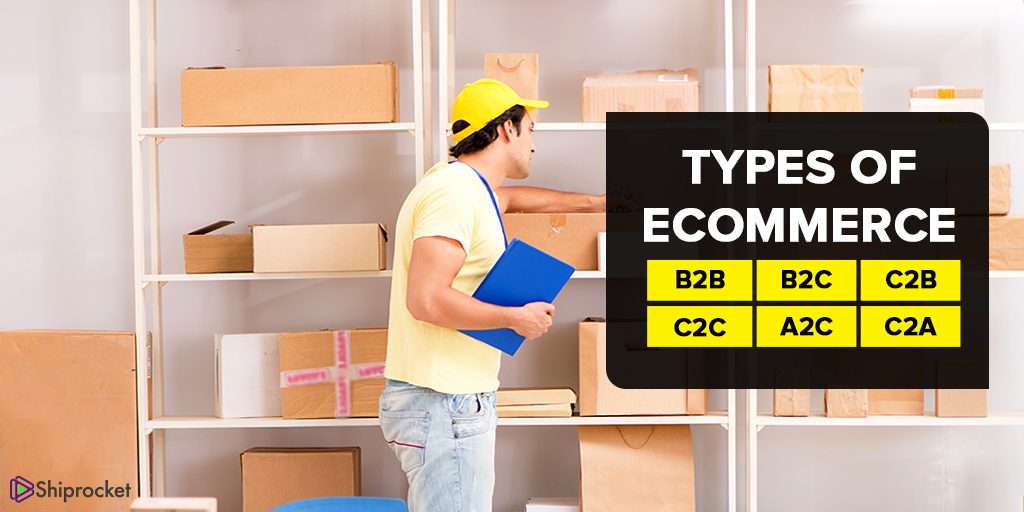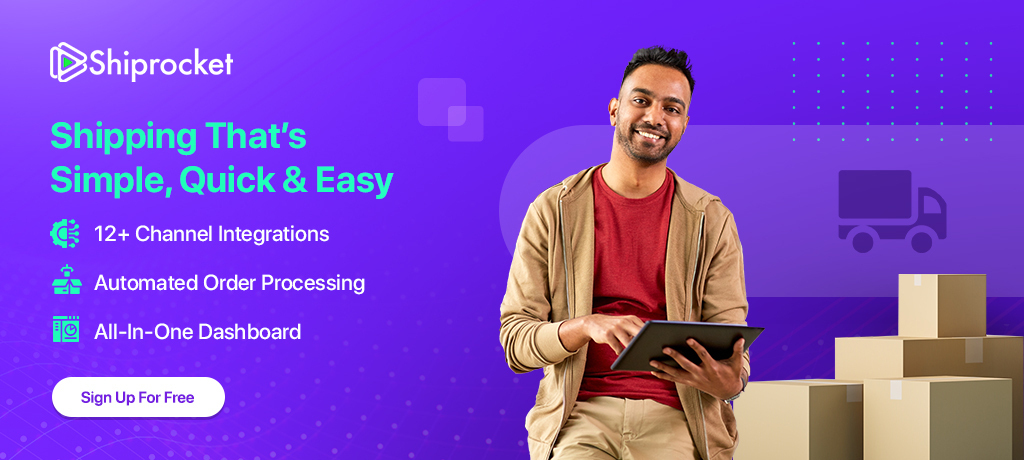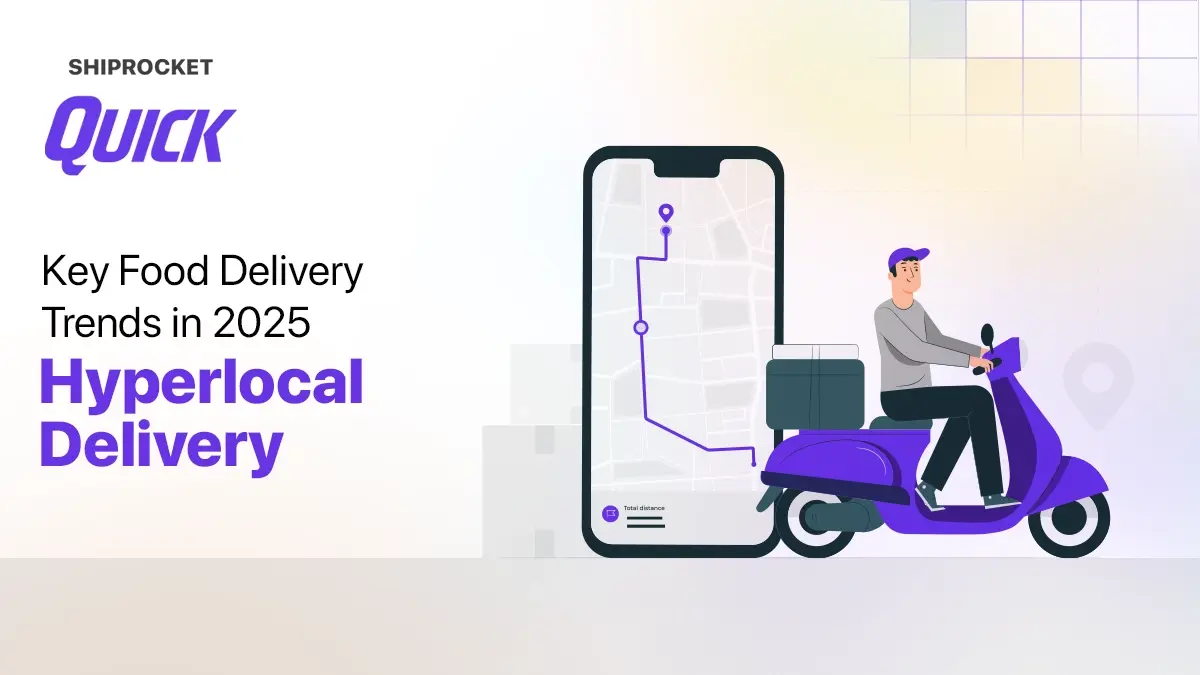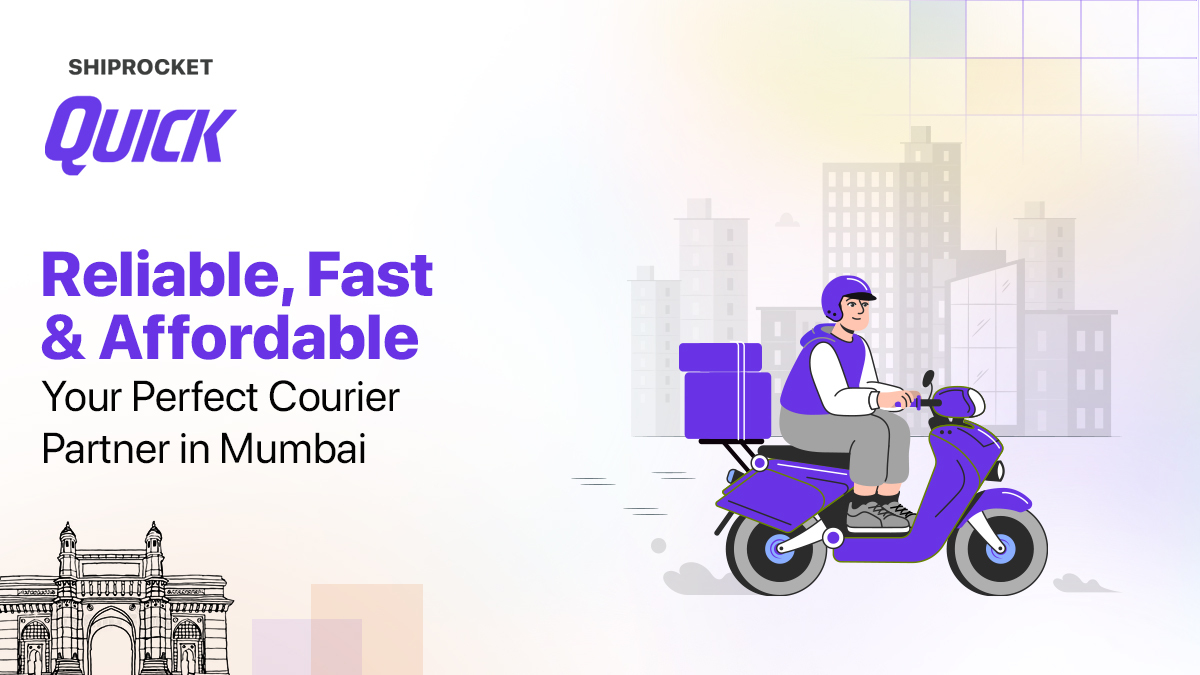Types of eCommerce Business Models: Know What to Choose
We live in an eCommerce centric world where business models of all kinds are growing at a faster pace. It’s easy to get enthralled in the latest eCommerce trends, but unless you know the fundamentals, you’ll probably hit an expedience wall without knowing it.
Before we get into the nitty gritty of eCommerce, let us first answer one important question:
What is eCommerce and Why Is It Important?
eCommerce refers to buying and selling of goods online. It starts right from procuring the raw material to delivering the finished product to customers and also handling the returns. eCommerce is growing at a very fast pace. Buying and purchasing are no more limited to a single country. Indeed, eCommerce markets have become global. According to a study by Statista, there were 1.66 Billion Global Digital Buyers in 2017.
Another research by eMarketer states that The Asia-Pacific region’s eCommerce market is the world’s largest market. This year, it is expected to witness a 31.5% sales increase and will account for more than half of the global eCommerce.
For an eCommerce business to excel, it requires intuition, market research, a solid business plan, careful product research and sound knowledge of eCommerce business models. Yet, one of the biggest hurdles most new players face is easy to solve. Most of the newcomers just don’t know how eCommerce businesses are set up and what model options are available to them.
There are some specific factors, features, and attributes involved that categorize eCommerce into various types. Let us take a look at the most common categories:

1. Business-to-Business (B2B)
The two participants in such transactions are businesses. Most of the eCommerce businesses in this niche are not engaged in sales to the ultimate consumers. Usually, in this model, the cost of transactions and volumes are on a much higher scale.
The B2B model captures the largest share of the markets. Undoubtedly, it exceeds the consumer market in dollar value. Companies like GE and IBM spend approximately $60 million in a day on goods that provide support to the operation of their businesses.
2. Business-to-Customers (B2C)
The Business-to-customer model is related to the transactions between business and end consumers. This model mainly includes retail eCommerce trade. The elimination of physical stores is the biggest rationale for this model.
It’s been close to 19 years since Jeff Bezos (founder of Amazon) launched his online bookstore in a 400 square foot garage. Today, Amazon is one of the largest companies in the US. It operates across the world with a stock valuation greater than most Fortune 500 companies.
In this digital age, the B2C model has evolved to a great extent because of its 24*7 availability.
A study by KPMG states that 58% of online customers shop online because they can buy at any hour of the day. But, a barrier to B2C growth can be the complexity and cost of logistics.
Key Takeaway: It is important for businesses, they integrate data analytics and social supply chains to lower costs. Also, SMB’s can opt for a logistics platform to ensure smooth functioning.
3. Customers-to-Customers (C2C)
This model consists of an electronic transaction between two customers. Usually, they transact through the third party that provides a platform to those two customers. Websites that sell old items are examples of the C2C eCommerce model.
Think of eBay. It is one of the most popular platforms that enable consumers to sell to other consumers.
4. Customers-to-Business (C2B)
This model is a complete reversal of the B2C model and is relevant for crowdsourcing projects. It’s not the consumers who are investing money in something, but the organization. Usually, individuals create their products or services and sell them to companies. It usually covers proposals for company sites or logos, royalty-free photographs, freelancer services, design elements and more.
Companies such as Shutterstock rely on user photos. Moreover, freelance sites like Fiverr features all kinds of user-provided services like copywriting and sound effects. C2B model provides businesses with something they want to extract from consumers, maybe a press release written by an expert or valuable feedback on their new product.
5. Business-to-Administration (B2A)
The term “administration” means public administration or government entities. This model has steadily evolved over the past few years. A large number of government branches are dependent upon e-services or products in one form or another. Such a model can be particularly used in the areas concerning documents and employment. It encompasses services like fiscal measures, asset management, social security, legal contracts and agreements, employment and more.
An example of such a model is Accela.com. It is a software company that provides 24*7 public access to government services like asset management, emergency response, permitting, planning, licensing, public health, and public works.
6. Customer-to-Administration (C2A)
In this model, electronic transactions take place between individuals and public administration. Although the government rarely purchases products and services from individuals but individuals frequently use online means to transit payments or carry out payments. The model helps consumers to draw information or post multiple feedbacks related to public sectors directly, to the government authorities or administration.
Furthermore, it helps the government to establish legal institutions that enforce the legal framework (laws and regulations). This, in turn, helps in protecting consumers and businesses from fraud, among others.
The model covers distance learning, information sharing, e-filing of income etc. Tax construction e-tendering solutions are also covered under this model. It enables potential construction stakeholders to bid for government-led projects.
Consumer to administration or consumer to government eCommerce models provide easy and instant solutions or a way to establish communication between consumers and government. Also, it is a great way to increase flexibility, efficiency, and transparency in public administration.
The Value of Knowing
You ought to be clear about the type of eCommerce business you’re planning. It allows you to make like-to-like comparisons across various eCommerce businesses. Moreover, it helps you better understand the business model of different eCommerce players. And then, choose what works best for you!







